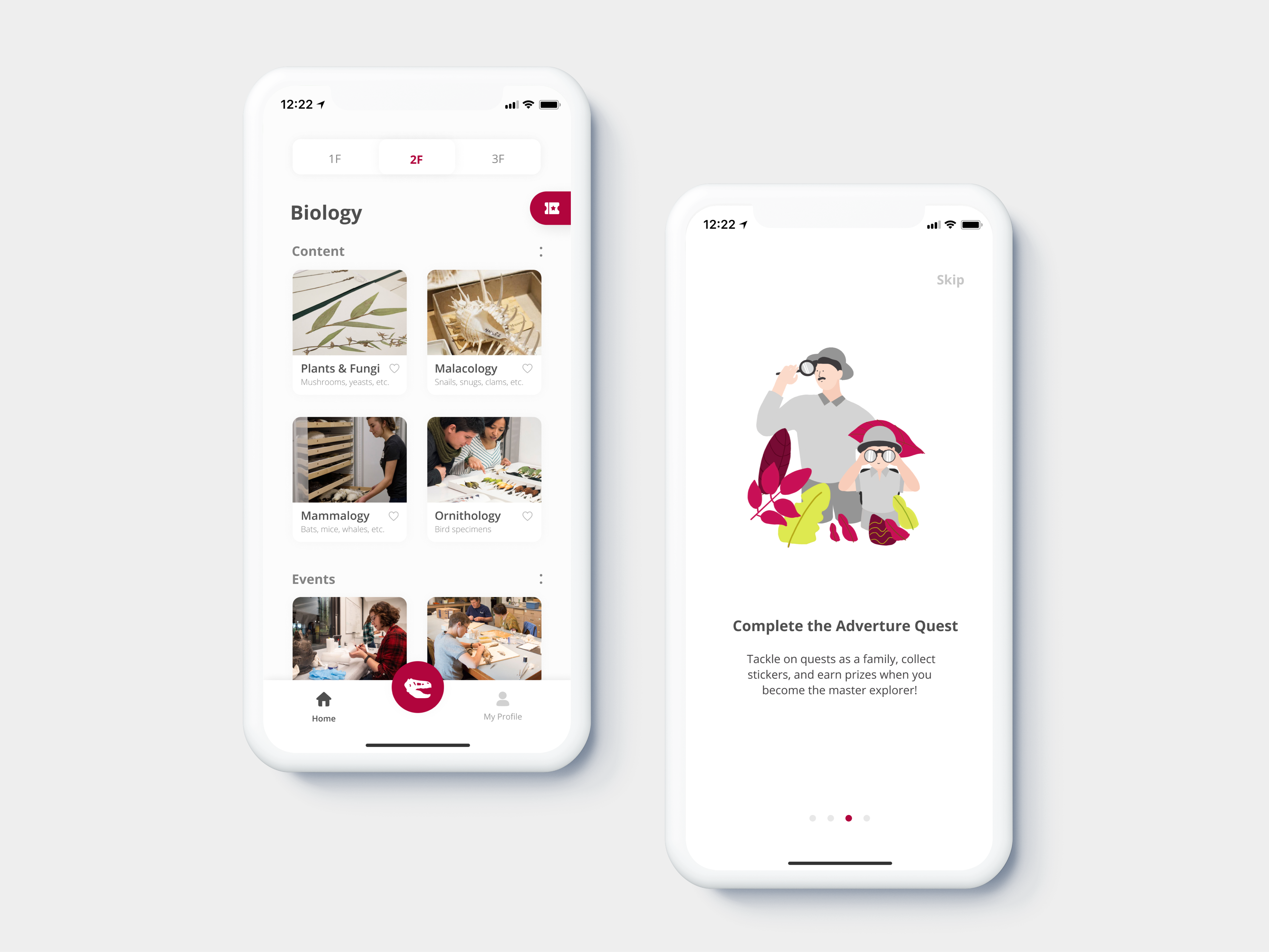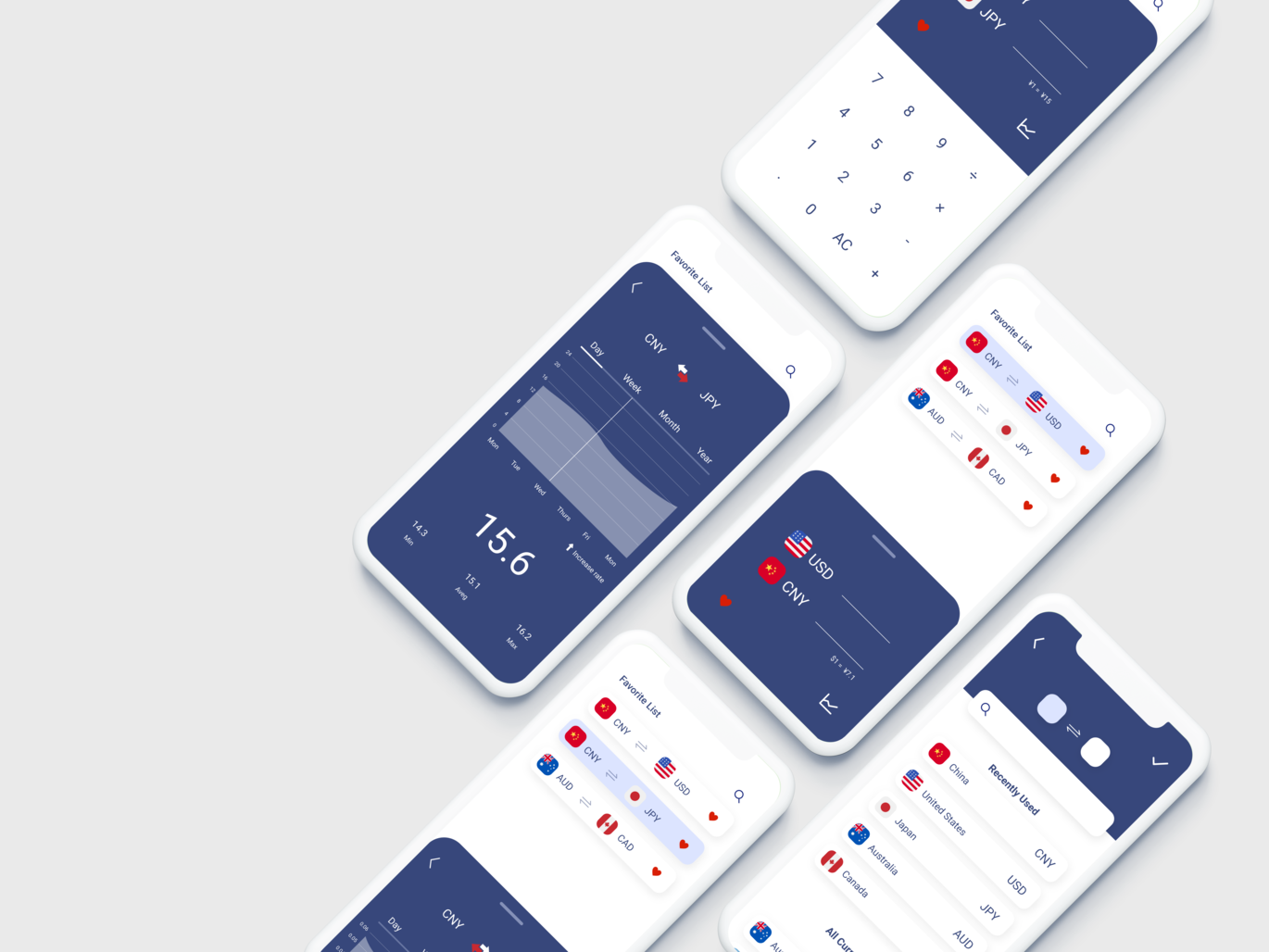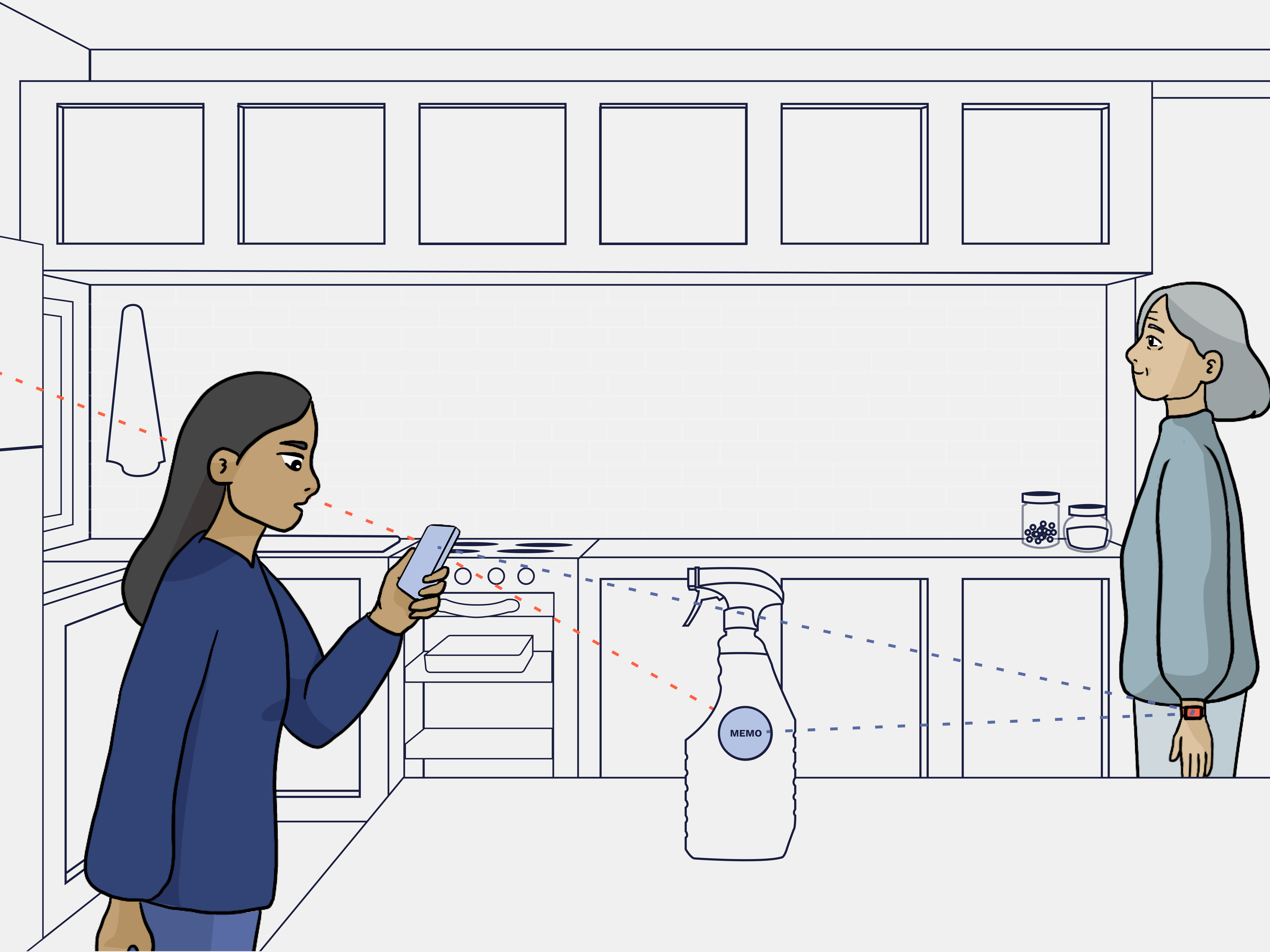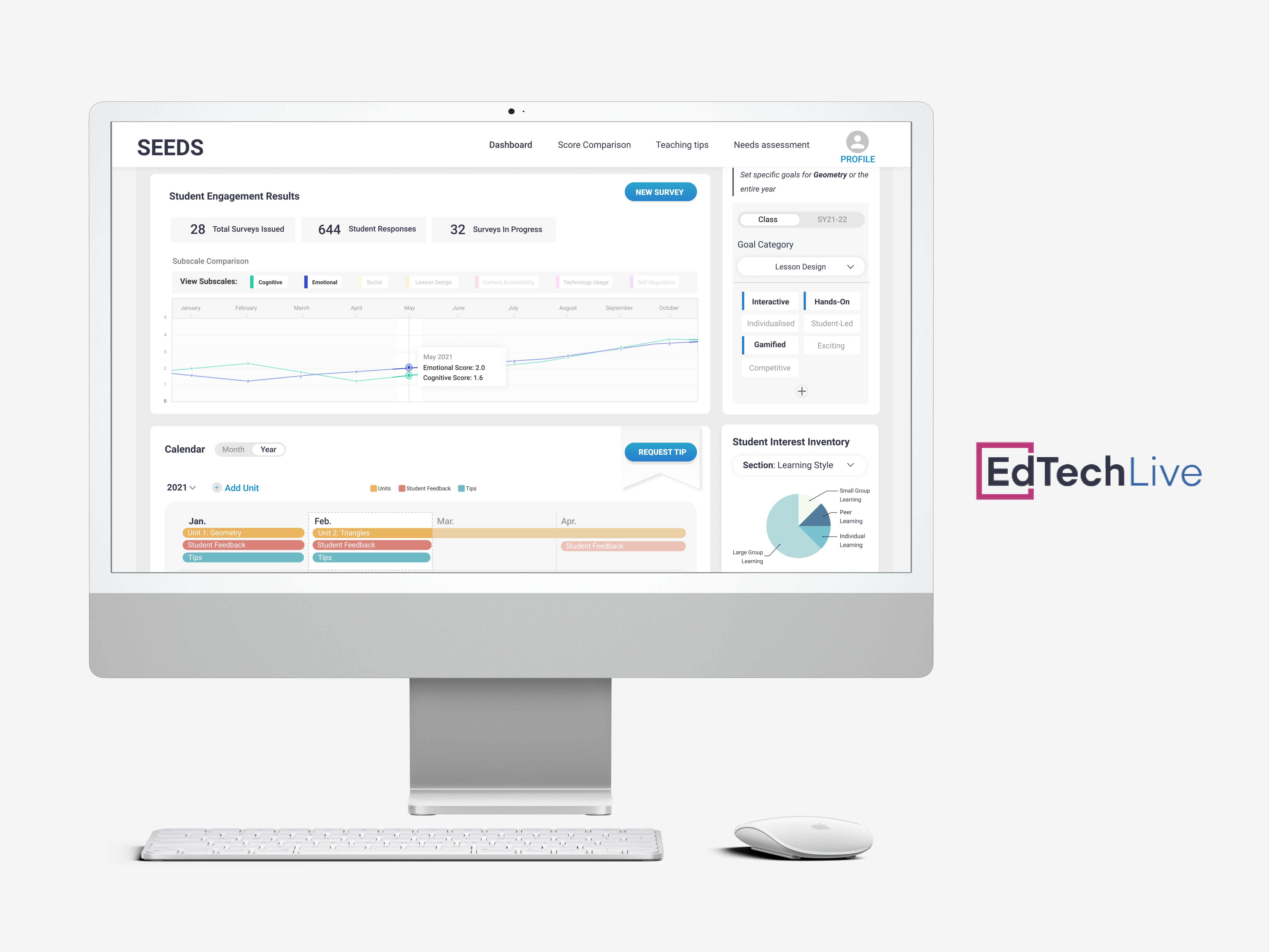Design Academy
An educational App that provides design resources to students from 11-16 years old to develop skills and interests in Design.
DURATION Team. MY ROLE
3 months Jiayi Tang Research
Julia Chao Ideation
App Interface Design
Video Filming
Background
Design education is critical to children's overall development, however, design resource is scarce in the current education system. From our survey, very few people received design education when they are young. In addition, freedom and space for creativity are limited in the current art and design education. This prevents students from developing an interest in design and skills such as creativity that are critical to the design.
Target Audience: Students from 11 to 16 years old and are interested in design
Response
Design Academy is trying to bridge the gap and provide students from 11-16 years old with design materials that they can learn on their own time. Design Academy includes a variety of design lessons that have interactive elements to encourage students to find the connection between knowledge and the real world. After taking the lessons, relevant individual and team projects will be unlocked, and students can also connect with a community of young designers. UW Design made us realize the importance of critique in the design process, so the App also encourages college designers to provide feedback and spend time with the youths. Lastly, the reward system motivates students to learn. Students can level up by completing learning-related tasks and receive profile frames as rewards.
Process Overview
Research
We started with some secondary research to learn more about design education, for example, we read articles like the “Future-Proof Children by Teaching Them Design Innovation” and did research on the existing products in the market. We analyzed The Design School for Children, Khan Academy Kids, Duolingo ABC, Drops, The Inneract Project, Brain Pop, Junyi Academy, and AesthetiCells, etc.
Moreover, we interviewed four teachers in total, and there are two IB design teachers, one of them teaches grades 6 and 7 and another teaches grades 9 and 10. The other two teachers are from a design institute, where they teach Design and Visual Arts to students from 5 to 12 years old. Lastly, we sent out in-person surveys to 3 parents, 5 students, and online surveys on social media that targeted people who are interested in Design or Visual Arts, 17 people filled it out.
Moreover, we interviewed four teachers in total, and there are two IB design teachers, one of them teaches grades 6 and 7 and another teaches grades 9 and 10. The other two teachers are from a design institute, where they teach Design and Visual Arts to students from 5 to 12 years old. Lastly, we sent out in-person surveys to 3 parents, 5 students, and online surveys on social media that targeted people who are interested in Design or Visual Arts, 17 people filled it out.
Synthesis & Define
Insights
From the research, we found out that children can develop core skills such as Focus, Flexibility, and Awareness through design innovation. And the abilities of complex problem-solving, critical thinking, and creativity remain as the top requirements for future workforces.
However, it has lacked in the current education system. From our survey, very few people received design education when they are young. 11 among 17 people who are interested in Visual Arts and Design wish they learned about design earlier in life.
“I feel that visual arts usually tend to focus on being able to represent a particular object or copy something, which is useful to a certain point, but it would also be good to give kids more creative drawing time.”
“I wish there were fewer templates and more freedom in the curriculum.”
“I wish the classes can encourage more creative design from students.”
Although most schools do not have design education, we found one IB school that teaches design. At this school, students from Grade 6 to 10, are working with the laser cutter, Adobe suite, tangible materials to execute design concepts at ISNS.
From this, we can see that middle school students can handle complex problems, and do well in design.
From this, we can see that middle school students can handle complex problems, and do well in design.
Next, we further narrowed the age range of our target audience. We found out that children are able to use logic to solve problems, empathize with others, and plan for the future when they are 11 years old or older.
So we think that with these abilities, Students can learn design more effectively.
So we think that with these abilities, Students can learn design more effectively.
HMW Statement
How might we provide educational resources for 11-16 years old students to develop skills and interests in Design?
Design
Design Principles
Structure Diagram
Final Deliverable
Overview
Function 1 | Design Lessons
On the lesson page, students could choose the lessons based on the categories. A typical lesson includes knowledge, practice, and application.
Function 2 | Individual Projects & Team Projects
On the projects page, students could use the filter to select individual projects and team projects. The project thumbnails tagged the relevant lessons.
This is how the team project pages look like and students can collaborate remotely on these projects.
Function 3 | Community & Critique
On the community page, students can see all the posts from their friends and see the feedback they received on their projects.
They also discuss team projects with their friends here.
They also discuss team projects with their friends here.
Function 4 | Reward System
The app also has a reward system. To reacher higher levels, students need to earn points. They should complete tasks to earn points. The content of the tasks is, for example, give a critique to your fiend and learn 1 lesson. After a level is reached, they can unlock 2 profile frames which they can use and collect.






